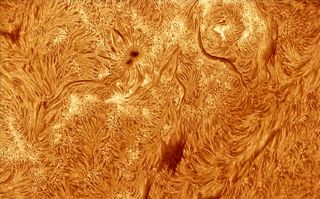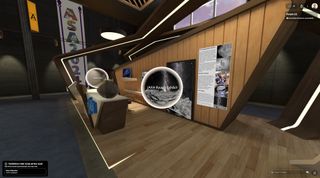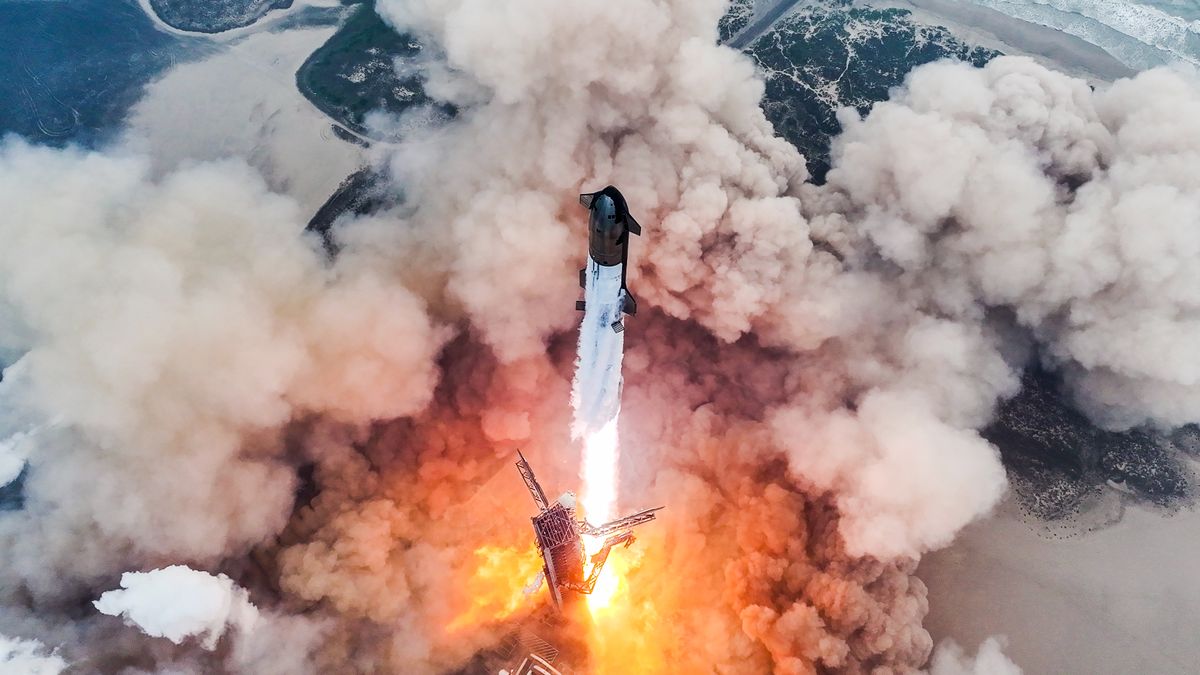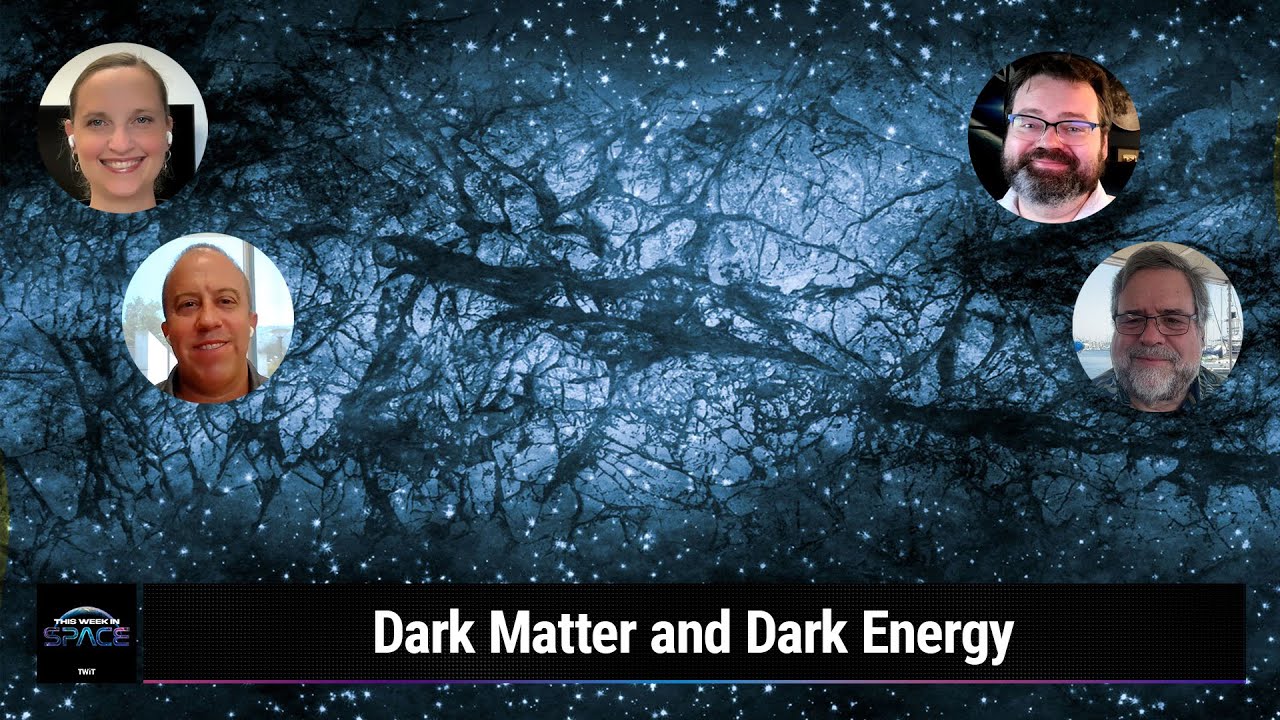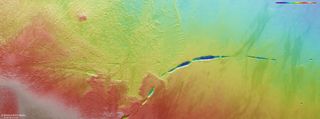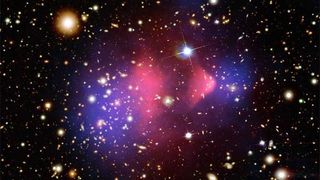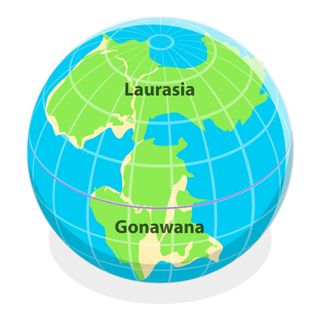These incredibly detailed images of the sun were captured by astrophotographer Mark Johnston from his backyard in Scottsdale, Arizona. As we approach solar maximum, the peak of solar activity during the sun‘s approximately 11-year solar cycle, the sun has been anything but quiet. Spawning huge sunspots, unleashing powerful solar flares and coronal mass ejections (CMEs) and triggering impressive widespread aurora displays, the sun has certainly been keeping us on our toes. It’s no wonder astrophotographers like Johnston are turning their attention to our home star, because you never quite know…
Read MoreCategory: The Moon
Our moon
Jumping on an asteroid: How VR is being used to visit worlds we can never reach
I’m standing so close to JAXA’s Hayabusa2 asteroid lander that I could reach out and touch it. Instead, I jump on top of it. Then I strike a pose. When I leap off, I float for a moment in the low gravity before touching down gently on the surface of Ryugu, a craggy, gray world devoid of life and color. The “I” in this situation is my avatar, a digital approximation of myself that has a more consistent beard length and isn’t constantly rubbing sleep from its eyes. The Hayabusa2…
Read MoreSpaceX’s Starship to fly again ‘in 4 weeks,’ Elon Musk says
We won’t have to wait much longer to see the most powerful rocket ever built take to the skies again, if all goes according to plan. That rocket, SpaceX’s 400-foot-tall (122 meters) Starship, has flown four test flights to date. And number five should be just around the corner, according to SpaceX founder and CEO Elon Musk. “Flight 5 in 4 weeks,” Musk said Friday (July 5) via X, the social media platform he owns. Starship consists of two elements: a first-stage booster known as Super Heavy and a 165-foot-tall…
Read MoreThis Week In Space podcast: Episode 118 —Understanding the Darkness
Understanding the Darkness – Dark Matter and Dark Energy – YouTube Watch On On Episode 118 of This Week In Space, Rod Pyle and guest co-host Isaac Arthur talk with Alina Kiessling and Jason Rhodes, both research scientists at NASA’s Jet Propulsion Laboratory, about the concepts of dark matter and dark energy and their broader implications for cosmology, exoplanet research, and more. For many of us, dark matter and dark energy are two of the least understood areas of cosmology and astrophysics. Both Kiessling and Rhodes are working on major…
Read MoreWatch NASA’s 1st year-long mock Mars mission wrap up today
NASA Live: Official Stream of NASA TV – YouTube Watch On NASA’s first year-long mock Mars mission will come to an end today (July 6), and you can watch the action live. That mission, the first in the CHAPEA (“Crew Health and Performance Exploration Analog”) series, began on June 25, 2003, when four volunteers were sealed inside a simulated Mars habitat at NASA’s Johnson Space Center (JSC) in Houston. The quartet will exit the habitat today, after a staggering 378 days. You can watch their return to regular Earth life…
Read MoreWatch the 1st teaser trailer for new horror game ‘A Quiet Place: The Road Ahead’
A Quiet Place: The Road Ahead – Reveal Trailer – YouTube Watch On Trying to remain silent in the cacophony of New York City, whose background noise averages over 90 decibels (the measure of a constant human scream), would be a nearly insurmountable obstacle to overcome, especially when trying to flee from extraterrestrials tuned in to the drop of a pin. This whispering dilemma witnessed in Paramount Pictures’ newly released prequel, “A Quiet Place: Day One,” carries over into Saber Interactive’s upcoming video game inspired by the smash sci-fi horror…
Read MoreNew moon of July 2024: Dark skies tonight as Earth is farthest from the sun today
The new moon of July 2024 occurs today as Earth reaches its farthest point from the sun, known as aphelion. The new moon arrives on July 5 at 6:57 p.m. Eastern Time (2257 UTC), according to the U.S. Naval Observatory, and two days later the young moon will make a close pass to Mercury in the evening sky. Earth reached aphelion today, meaning our was farther away from the sun than at any other period in its yearly orbit. Earth’s orbit around the sun is slightly elliptical, or oval-shaped, meaning…
Read MoreMars orbiter captures Red Planet scar that’s longer than the Grand Canyon (image)
New images published by the European Space Agency have captured a 600-kilometer-long (373-mile-long) snaking scar on Mars’ surface in greater detail than ever before. The Red Planet is full of scratches and scars, and this one, named Aganippe Fossa, is another of these ditch-like grooves with steep walls — more specifically, however, Aganippe Fossa is what’s called a “graben.” “We’re still unsure of how and when Aganippe Fossa came to be, but it seems likely that it was formed as magma rising underneath the colossal mass of the Tharsis volcanoes…
Read MoreScientists tap into 2 new quantum methods to catch dark matter suspects
The hunt for dark matter is about to get much cooler. Scientists are developing supercold quantum technology to hunt for the universe’s most elusive and mysterious stuff, which currently constitutes one of science’s biggest mysteries. Despite the fact that dark matter outnumbers the amount of ordinary matter in our universe by about six times, scientists don’t know what it is. That’s at least partly because no experiment devised by humanity has ever been able to detect it. To tackle this conundrum, scientists from several universities across the U.K. have united…
Read MoreBoiling rocks from Earth’s crust tore an ocean into Mongolia 410 million years ago
Over 400 million years ago, an upwelling of hot rock from Earth’s mantle wrenched apart the crust in Mongolia, creating an ocean that survived for 115 million years. The geological history of this ocean could help researchers understand Wilson cycles, or the process by which supercontinents break apart and come together. These are slow, broad-scale processes that progress by less than an inch per year, said study co-author Daniel Pastor-Galán, a geoscientist at the National Spanish Research Council in Madrid. “It’s telling us about processes in the earth that are…
Read More